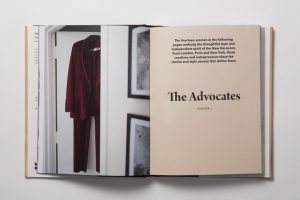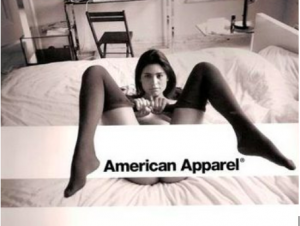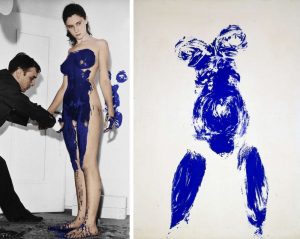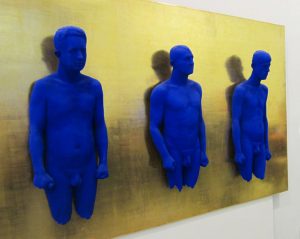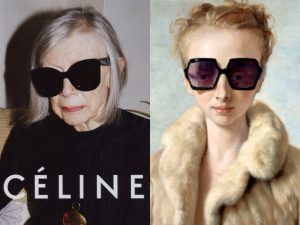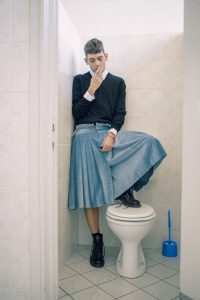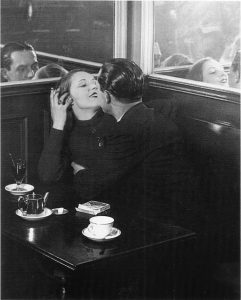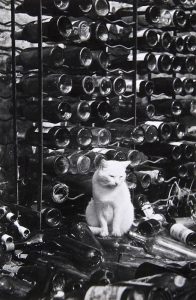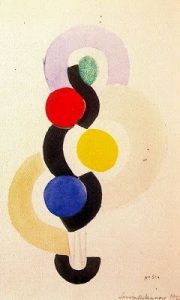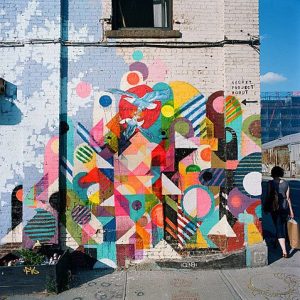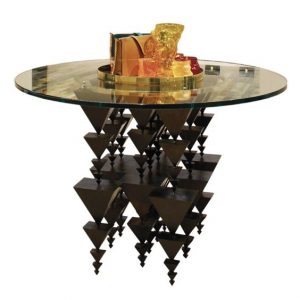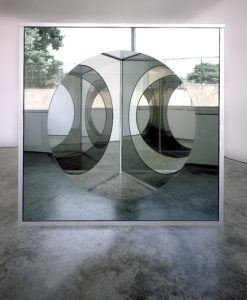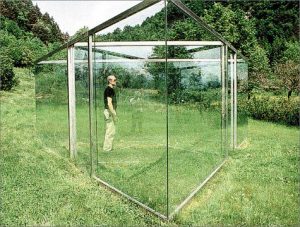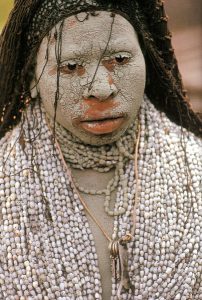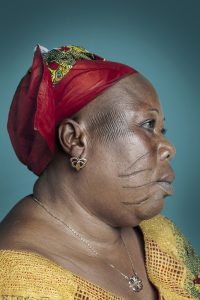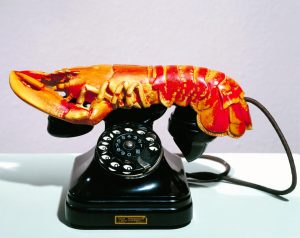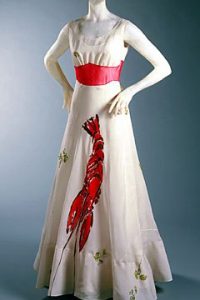This module was both incredibly challenging and utterly inspirational. While my time management and research skills definitely have room for improvement, I enjoyed pushing myself to deliberate on subjects I hadn’t thought much about previously. It was the first time I felt the transition between college level and univeristy level of fashion. Things I once just created are now considered, challenged and deliberated upon. This creates a new plane of inspiration which I’m sure will have a massive impact on my designs, with deeper meanings comes more original work.
I think the most beneficial part of this module was beginning to humour my curiosity. i have always been majorly fascinated by art and design, yet seemed never to follow the trail. I would admire peoples work and move on, my contextual studies simply taught me to think and care. Learning the importance of primary visual research for inspiration showed the importance of the library; it’s far too easy to rely solely on the internet. Although useful for deeper more thorough research, books provide ideas you had never previously thought of. We then were shown how to take full advantage of online resources and how to pursue the origin of a source. There is nothing more satisfying than discovering the thought behind artwork you love, such as Yves Klein’s Zone de Sensibilité Picturale Immatérielle where he sold invisible pieces of art. I discovered his immaterial pictorial zones accidentally, as I was researching the stem of his Anthropometry of the Blue Period. Something I would have never known without my newfound curiosity for history and meaning.
During the projects I’ve been completing throughout the term I’ve noticed how different my approach to research is. My ideas become more intricate and interesting because I now prefer to think of them as initial research that I then further explore, which results in more complex, deeper topic. The thing I struggled with most is finding specific references for allocated topics, while browsing for research is straight forward and stimulating, actually searching for a particular quote is a lot more challenging. Time allocation also played a large part in this module; while one task a week isn’t much to ask, fitting research and writing around studio time and extracurricular activities is something I definitely need to work on.
This module has been a massive milestone in my development as a designer, I approach problems and topics in an entirely different matter. Listening to a tutor who spoke about subjects with such passion was infectious and so enjoyable, a personal favourite being the visual research talk.

